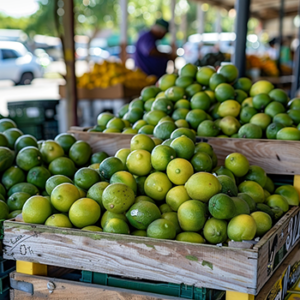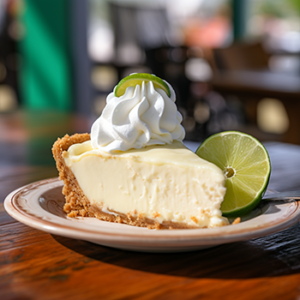

Monarchs and Milkweed in Florida
Save the Monarchs, plant some Milkweed!
Monarch butterflies are one of the most recognizable and well known in Florida. In Florida these butterflies are a crucial part of our ecosystem, and their numbers are dwindling.
In this article, we’ll talk about why monarch butterflies (and milkweed) is so important to protect and cultivate, and easy ways to do it!
Monarchs and Milkweed Key Takeaways
- Monarch butterflies play a crucial role as pollinators in Florida’s agricultural landscape.
- The presence of Monarch butterflies is essential for maintaining the productivity and biodiversity of Florida’s agricultural ecosystems.
- Monarch butterflies are a crucial pollinator as they travel from flower to flower, ensuring the successful reproduction of crops such as citrus fruits, vegetables, and flowers
Who are the Monarchs?
Monarchs are very recognizable in gardens as they range from roughly 3-5″ and are bright red and orange, with white spotted bodies. Most anywhere there is milkweed growing, there will be Monarch butterflies.
The life cycle of a Monarch butterfly revolves around a singular plant species: milkweed. While milkweed may be labeled as a weed in conventional terms, its importance in supporting the Monarch’s life cannot be ignored.
Monarch butterflies lay their eggs exclusively on milkweed plants.



Caterpillars
Once hatched, the larvae, or caterpillars, feed voraciously on the milkweed leaves, storing vital nutrients necessary for their transformation into adult butterflies.
Without milkweed, the Monarch population would dwindle, endangering not only their species but the intricate balance of Florida’s ecosystem.
While other types of caterpillars are known to eat through a garden’s flowers and plants fast, Monarch caterpillars ONLY EAT MILKWEED! This means they are garden safe, as long as you provide them with milkweed.
And you DO want Monarch butterflies in your garden! Why? Because they are pollinators! They’ll help spread pollen from flowers helping your garden proliferate.
Aside from pollination, these butterflies also serve as an environmental barometer for environmental conditions such as habitat loss and pesticide usage.
Protecting their Habitat
Protecting Monarch butterflies and their habitat, particularly milkweed, is not just an act of conservation; it is a necessity for safeguarding Florida’s agricultural legacy and preserving its natural beauty.
Initiatives aimed at preserving milkweed habitats, reducing pesticide usage, and raising awareness about the importance of pollinators are vital steps towards ensuring the continued prosperity of Florida’s agriculture and ecosystems.
Conservation Efforts and Community Engagement
Various organizations and individuals across Florida are actively involved in conservation efforts aimed at protecting Monarch butterflies and their habitat.
Initiatives such as butterfly gardens, habitat restoration projects, and educational programs raise awareness about the importance of Monarchs and milkweed in Florida’s agricultural and ecological systems.
Community-led efforts play a vital role in fostering appreciation for these majestic creatures and promoting sustainable practices to safeguard their future.

Current State of Monarch Butterfly Populations in Florida
Despite their significance, Monarch populations face threats from habitat loss and pesticide use. Monitoring and addressing these challenges are essential for ensuring the long-term viability of Monarchs in Florida.
The Monarch butterfly population isn’t on the Endangered Species list, which is good, but there IS a lot of advocacy for it.
The Monarch Butterfly population in 2016 was about 200 million, a significant decrease from the estimated 300 million that was previously recorded. These butterflies already have a low survival rate – only 10% of the eggs survive to adulthood.
By fostering collaboration and implementing sustainable practices, we can secure a brighter future for Monarchs and milkweed in the Sunshine State.
Recognizing the pivotal role of Monarchs and milkweed in Florida’s agricultural and ecological landscapes is essential for fostering a harmonious coexistence between humans and nature.
Through collective efforts and individual actions, we can safeguard these iconic species and preserve the natural beauty of Florida for generations to come.
Planting Milkweed helps increase the Monarch population
There has also been an increase in “butterfly gardens” around towns and cities. Its not uncommon in Florida to find a local park with small plots of milkweed to encourage population growth – a bonus is that these parks are very aesthetically pleasing. Check out the photos on this blog post, they were captured at a regular park near my house.
You can see more great photos and videos of Monarchs and milkweeds on our social media pages, just look for @FloridaBalm.
Love butterflies as much as we do? Want to buy some natural, organic milkweed plants or live butterfly pupa? Butterfly World has a fantastic gift shop and nursery!!!

















